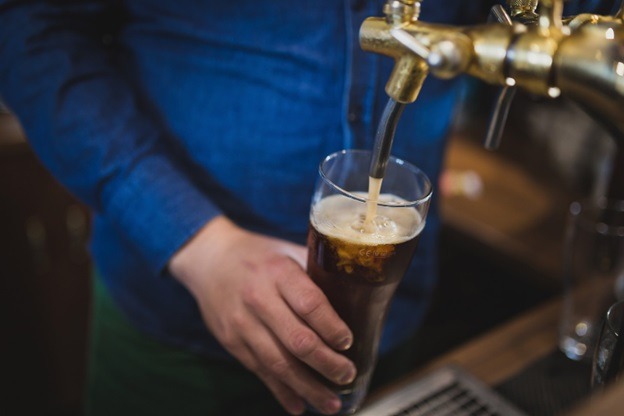Home brewing has come a long way since its legalization in the late 70s by president Carter. According to the American HomeBrewers Association, there are more than a million home brewers, and the hobby is growing fast.
It could be that you haven’t started brewing because of your fear of the beer-making process. The truth is, making your beer may be easier than you think.
This article offers tips on making your beer at home, even without much technical know-how.
Get the Right Equipment
Maybe the picture of homebrewing you have in mind is a bearded man making beer in the bathtub. That time is gone as technology has made the creation of beer kits small enough for home brewing and at so fair a price you may not need to improvise.
With as little as $100, you can get a brewing kit big enough to make a six-pack at home from online retailers such as BevMo! and Total Wine. However, the prices can vary based on the style of brewing equipment you want and the size of the batches you intend to make. If you are hoping to entertain friends, you may need to buy a large kit.
Know Your Ingredients
After identifying or buying your kit, the next step will be to know your ingredients and their purpose in the beer-making process. Beer has four main ingredients: water, yeast, and hops malt. Some beer styles may have other ingredients, such as cocoa, coconut, or oak, but you do not need all that.
The basic four are all you need to start, but you could experiment with the rest once you learn the ropes. Barley (malt) will be your source of sugar which will ferment to produce alcohol. Hops add taste and flavor and act as a preservative. Yeast helps hasten the fermentation process.
The Process
The first process in making beer is called malting, which involves allowing the barley to germinate. The germination process produces enzymes that convert the starch in the barley into sugar. After germination, you must dry the malt and roast it to get your desired taste and aroma.
After drying and roasting, the next step will be crashing and mixing with hot water between 148 to 152°F. High temperatures are ideal for reactivating enzymes that break remaining starches into fermentable sugars. This process can take between 60 and 90 minutes or more for some types of beer.
After the mashing and mixing process, add your hops and bring your word to a boil. The boiling time will depend on the flavor you want to impart to the beer.
After boiling, the fermenting process comes next, which can take a few days to weeks, depending on the beer style. Fermentation is then followed by filtering out the solid residues or allowing them to settle in a process called conditioning, and your beer will be ready to drink.
Love Brewing Beer? Start Your Own Brewery
Brewing can be fun; you do not want to stop once you are hooked. If you feel your brewing love is at this level, you can consider starting your own brewery. Brewing beers on a large scale follows the same basic process but on a larger scale.
However, you will need to have some business and brewery management skills to succeed in brewing as a business. Besides management skills, you can take your brewery to new heights with Ollie’s app, created with brewery management in mind to allow brewers to manage their marketing and brewing processes easily.
Final Words
If you have been avoiding brewing for fear of the process, you probably don’t have that fear after reading this guide. But if you aren’t confident yet, it would be best to join an online home brewers community where you can learn beer-making from fellow community members.

